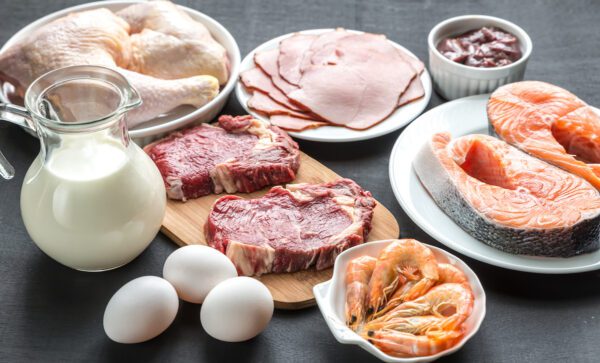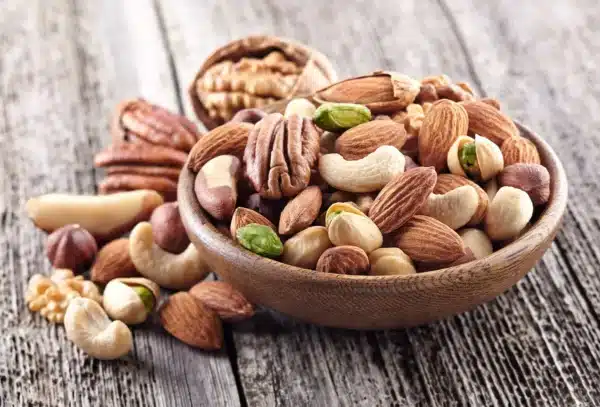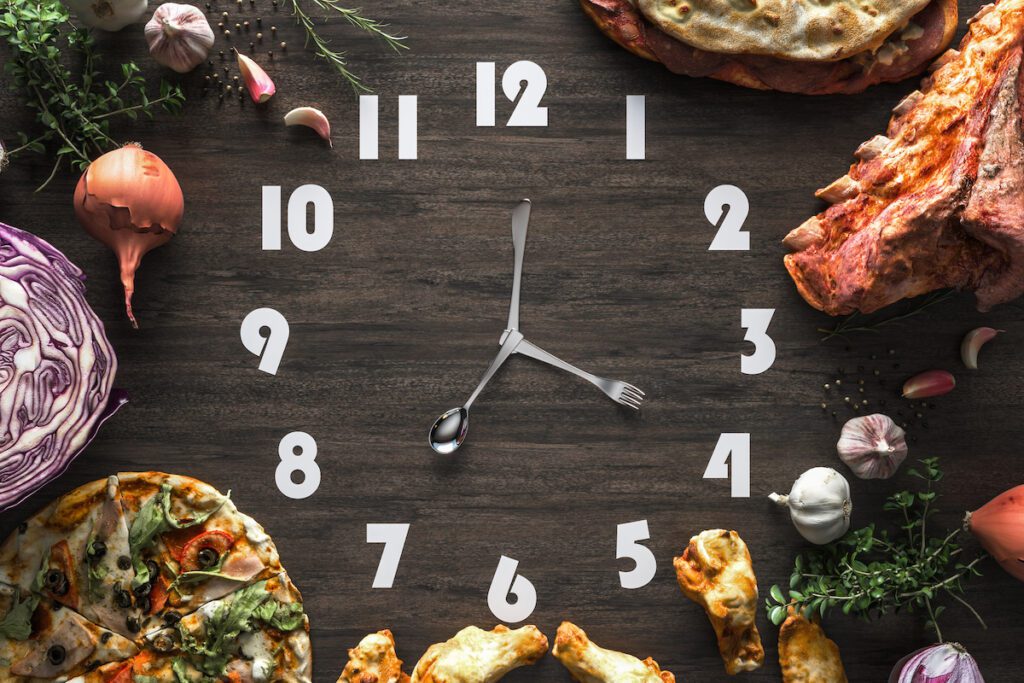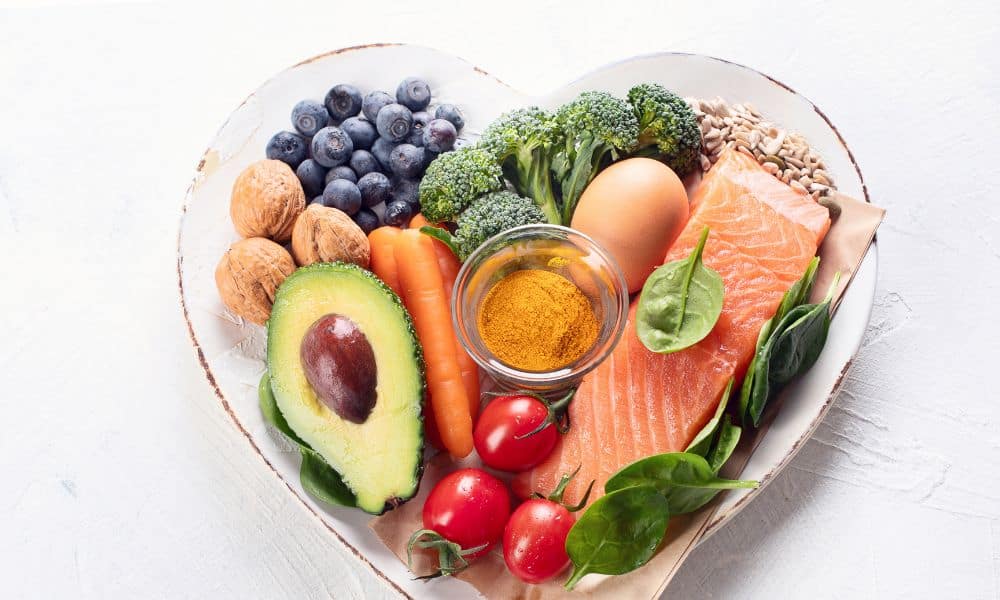Are you looking for ways to cut down on snacking between meals? If so, you’re not alone. Unfortunately, many people snack more and more as the years go by.
While there’s nothing wrong with an occasional snack, overdoing it can lead to weight gain and other health problems. And if you’re looking for easy ways to lose weight and feel better, addressing your bad snacking habits is an excellent place to start.
Here are three ideas to cut down on snacking between meals:

1) Create a Schedule and Stick To It
Creating a regular schedule for eating and sticking to it is one of the most dependable ways to cut back on snacking. But that’s easier said than done, so how can you make it happen? We’re big fans of meal kits.
You don’t have to scramble to create a larger meal with meal kits. We all know that prep time is when the BLTs happen. That stands for bites, licks, and tastes for those, not in the know.
But with a meal already put together for you, it’s much harder to indulge in those little tastes that can quickly add up. Plus, they specially designed meal kits to ensure you’re getting everything you need nutritionally, so you don’t feel the need to snack elsewhere.
Ultimately, this strategy helps you feel fuller for longer. Some popular meal delivery programs are:
Mediterranean Diet –
If you haven’t heard of the Mediterranean diet, it’s a great way to reduce snacking between meals. The basic idea is to focus on eating lots of fresh fruits and vegetables, whole grains, healthy fats, and protein.
This eating pattern helps keep blood sugar levels steady, so your body doesn’t feel the need to snack as often. In addition, Mediterranean diet meal delivery programs will give you the tools and ingredients to make delicious and nutritious meals to help keep hunger at bay.
Gluten-Free –
Gluten is a protein found in wheat, barley, and rye. For people with celiac disease or non-celiac gluten sensitivity, consuming gluten can cause various symptoms, including abdominal pain, bloating, diarrhea and fatigue.
And for some people, going gluten-free can help reduce snacking between meals by improving digestive health.
If you’re interested in trying a gluten-free meal delivery service, many companies offer gluten-free meal plans that make it easy to stick to your dietary restrictions.
Low FODMAP –
Pioneered by researchers at Monash University, the low FODMAP diet is a scientifically-backed approach to managing symptoms of irritable bowel syndrome (IBS).
The diet eliminates certain foods that contribute to IBS symptoms, such as bloating, gas, abdominal pain, and diarrhea. And for many people, following a low FODMAP diet can also help reduce snacking between meals because the gastrointestinal system will stay healthy.
If you’re interested in following a low FODMAP diet plan, many companies offer low FODMAP meal delivery services to make it easy.
2) Ensure You’re Eating Enough at Meals
Another great way to reduce snacking is to ensure you eat enough at meals. So many people turn to snacks to get the nutrients and satiety they miss out on at mealtime.
But if you ensure you’re getting all the nutrients and the proper portions you need at meals, you’ll be less likely to reach for unhealthy snacks later.
Here’s what to include on your plate at mealtime to help curb hunger that might lead to unhealthy snacking:

Protein –
Did you know that protein is an essential nutrient for keeping your body feeling full and satiated? And reaching for lean proteins is an excellent way to stay healthy.
Lean proteins are significant for weight loss because they’re naturally low in calories while providing the amino acids your body needs to stay healthy. Some examples of lean proteins include:
- White meat poultry like chicken or turkey breast
- Nonfat dairy products like Greek yogurt or cottage cheese
- Fish and seafood like salmon or shrimp
Vegetables –
Another nutrient-rich food that can help you feel full and satisfied. Vegetables are high in fiber and essential for digestive health, and they’re also an excellent source of vitamins and minerals.
Plus, many vegetables are low in calories, so they won’t contribute to weight gain. So when trying to cut down on snacking, include plenty of vegetables at meals. Some great options include:
- Leafy greens like spinach or kale
- Cruciferous vegetables like broccoli or cauliflower
- Root vegetables like sweet potatoes or carrots
- Squash like zucchini or yellow summer squash
Fiber –
We already mentioned it, but we’re going to emphasize it here. Like protein, fiber is essential for keeping you feeling full and satisfied. It also provides other health benefits, such as better digestion and heart health.
Excellent sources of fiber include fruits, vegetables, whole grains, and legumes. But you can also incorporate a fiber supplement into your day to ensure you’re getting enough.
3) Eat When You’re Hungry
This may sound like a straightforward decision, but it’s worth mentioning because so many people snack when they’re not hungry.
If you snack even when you’re not hungry, it might be a good idea to take a step back and figure out why. Ask yourself questions like:
- Are you bored?
- Stressed?
- Anxious?
- Thirsty?
Recognizing the emotions or situations that trigger your urge to snack can help you find other ways to cope besides eating. And it’s a well-known fact that many people mistake thirst for hunger, so before you reach for that bag of chips, try drinking a glass of water first.
And if you are hungry, listen to your body and eat something nutritious that will tide you over until your next meal. A few small yet healthy snacks that can help curb hunger without sabotaging your diet include:

A handful of nuts –
Nuts are full of healthy fats and protein, making them a great snack choice that will help keep you feeling full.
Fruit and cheese –
Pairing fruit with a small amount of cheese makes for a balanced snack that satisfies your cravings and gives you the nutrients you need. Plus, it will satisfy your sweet (and salty) tooth.
Hard-boiled eggs with veggies –
This combo of protein and fiber will help you feel full and give you sustained energy until your next meal.
Final Thoughts on 3 Ideas to Cut Down on Snacking Between Meals
By following these three tips, you can cut down on unhealthy snacking and make better choices for your overall health.
And remember, if you are going to snack, choose something nutritious that will fuel your body and help you reach your health goals.
What do you think? Please share your response in the comments so others can benefit from your experience.




